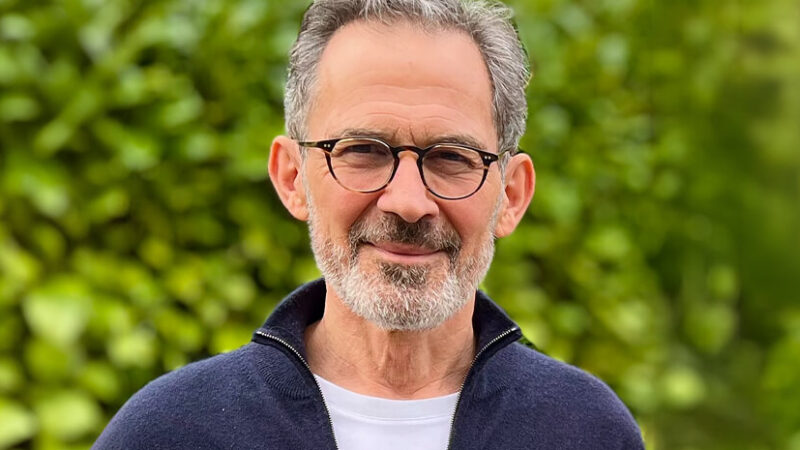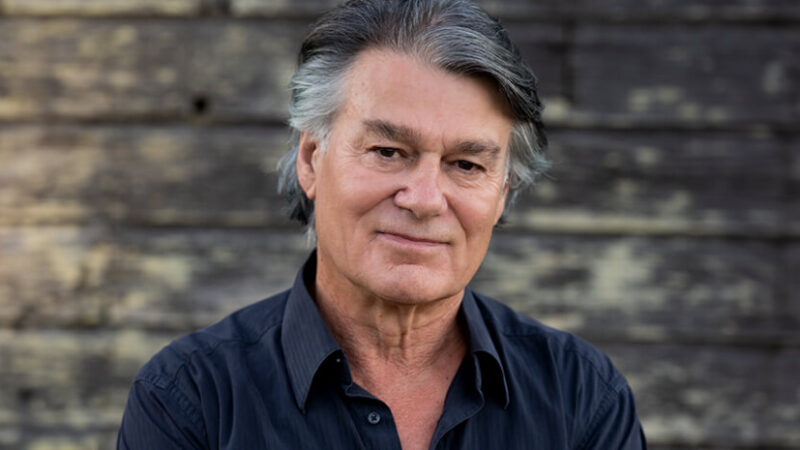Margaret J. Wheatley, EdD: Beyond Hope and Fear
Are we in the midst of a civilizational collapse? There are some definitive signs, says Margaret (Meg) Wheatley, who has spent a lifetime as an activist and educator seeking to create a more caring, compassionate, and connected world. In this podcast, Tami Simon speaks with the renowned organizational and systems expert about how she maintains faith in humanity and a tireless commitment to her life’s work, even as she approaches 80 years old.
Tune in for an inspiring call to become a “spiritual warrior” at this precarious time in history, with profound insights on how life exists in cycles—and why this is important to understand; putting our energy and desire to contribute in the right places; compassion and insight; seeing clearly so we can act wisely; removing the filters of hope and fear; grace, synchronicity, and serving your purpose; being faithful to the work you’re called to; the dark night of the soul; working for change at the local level; joy and togetherness; the antidote to despair; the practice of “I’m not lost, I’m right here”; and more.
Note: This episode originally aired on Sounds True One, where these special episodes of Insights at the Edge are available to watch live on video and with exclusive access to Q&As with our guests. Learn more at join.soundstrue.com.






